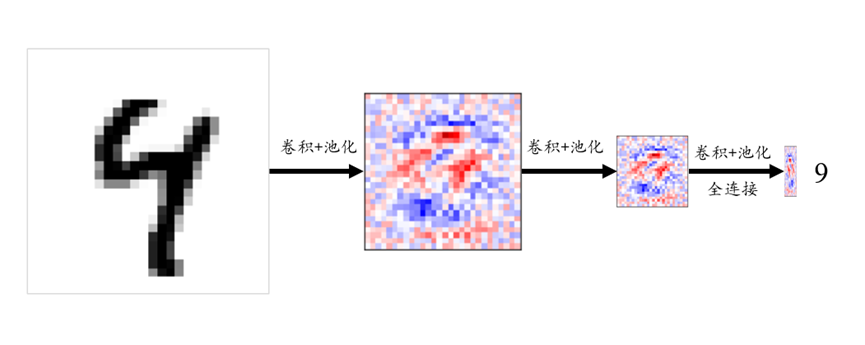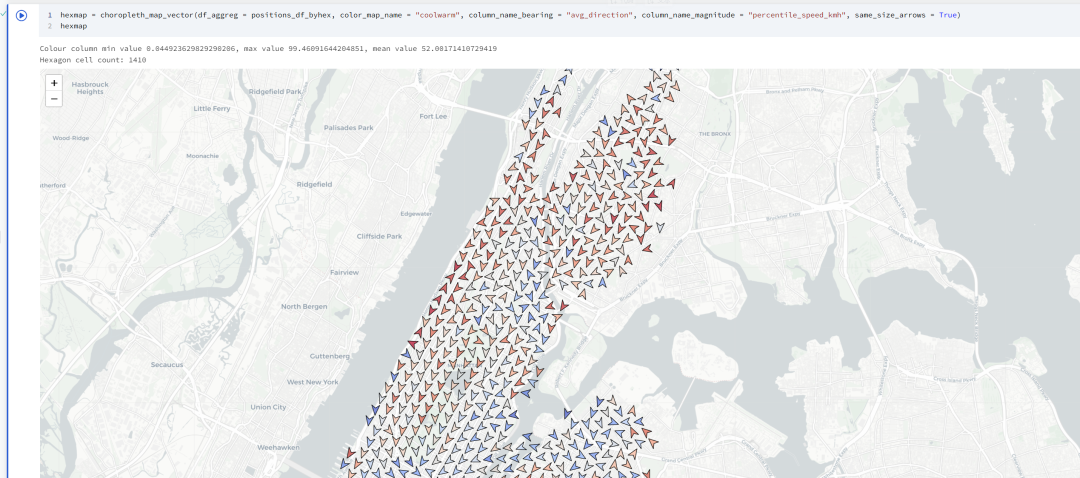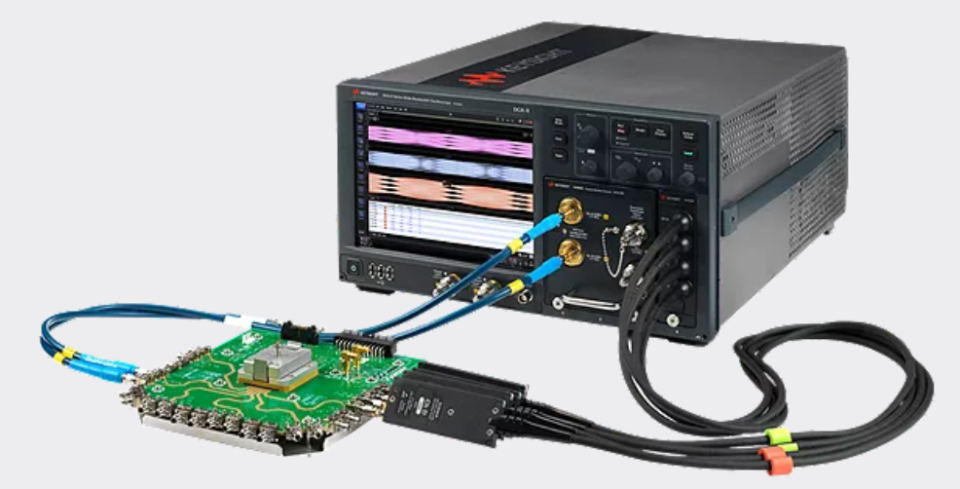引言
-
本文介绍如何在Ubuntu系统中为TurtleBot3配置ROS环境,包括安装和配置ROS Noetic的步骤,为PC端控制TurtleBot3提供操作指南。
-
安装和配置的过程分为PC设置、系统安装、依赖安装等部分,并在最后进行网络配置,确保PC端能够顺利连接和控制TurtleBot3。
-
通过本文的内容,读者可以了解在PC端配置ROS的详细流程,避免因不支持的系统或未安装的依赖而导致的兼容性问题。

学习目标
-
学习如何在Ubuntu 20.04系统上配置适用于ROS Noetic的环境,完成TurtleBot3所需的ROS依赖包安装。
-
掌握在PC端安装和配置TurtleBot3仿真环境的操作方法,以便于控制和管理TurtleBot3机器人。
-
安装与自己Ubuntu版本对应的ROS版本,本文ROS Noetic Ninjemys 主要支持 Ubuntu 20.04 (Focal Fossa)。安装前请详细参考 Ubuntu版本、ROS版本与Python 版本之间的关系。

学习内容
1 PC 设置
注意:本文内容对应的是远程PC(桌面或笔记本电脑),用于控制TurtleBot3。 请勿将此指令应用到TurtleBot3机器人上。
1.1 兼容性注意事项
- 警告:Jetson Nano 不支持原生的 Ubuntu 20.04。有关详细信息,请参阅 NVIDIA 开发者论坛。
- 说明:本说明已在安装了 Ubuntu 20.04 和 ROS1 Noetic Ninjemys 的 Linux 系统上进行测试。
- 安装前请详细参考 ———>专栏: Linux系统之Ubuntu系统安装 。
- 安装前请详细参考 ———>专栏: Turtlebot3 PC端ROS环境搭建与仿真。
1.2 下载和安装 Ubuntu 系统
1.2.1 下载适用于 PC 的 Ubuntu 20.04 LTS Desktop 64 位镜像。
- 🕐见专栏:Linux系统之Ubuntu系统安装之 1-磁盘建立空闲分区。
- 🕑见专栏:Linux系统之Ubuntu系统安装之 2-Ubuntu/Windows系统启动盘制作。
1.2.2 按照 安装 Ubuntu 的说明在 PC 上安装 Ubuntu 桌面版。
- 见专栏:Linux系统之Ubuntu系统安装之 3-Ubuntu系统详细安装教程。
2 安装 ROS Noetic
2.1 在终端中依次输入以下命令来安装 ROS Noetic
# 更新包索引
sudo apt update# 升级现有包
sudo apt upgrade# 下载ROS Noetic的安装脚本
wget https://raw.githubusercontent.com/ROBOTIS-GIT/robotis_tools/master/install_ros_noetic.sh# 为脚本添加执行权限
chmod 755 ./install_ros_noetic.sh # 执行安装脚本
bash ./install_ros_noetic.sh2.2 专栏参考教程
如果2.1安装步骤失败,请参考下列教程:
专栏:Turtlebot3 PC端ROS环境搭建与仿真之 Ubuntu 的 ROS 操作系统安装与测试。
3 安装依赖的 ROS 包
# 安装TurtleBot3需要的依赖包
sudo apt-get install ros-noetic-joy ros-noetic-teleop-twist-joy \
ros-noetic-teleop-twist-keyboard ros-noetic-laser-proc \
ros-noetic-rgbd-launch ros-noetic-rosserial-arduino \
ros-noetic-rosserial-python ros-noetic-rosserial-client \
ros-noetic-rosserial-msgs ros-noetic-amcl ros-noetic-map-server \
ros-noetic-move-base ros-noetic-urdf ros-noetic-xacro \
ros-noetic-compressed-image-transport ros-noetic-rqt* ros-noetic-rviz \
ros-noetic-gmapping ros-noetic-navigation ros-noetic-interactive-markers4 安装 TurtleBot3 包
4.1 通过Debian包安装TurtleBot3
# 安装Dynamixel SDK和TurtleBot3包
sudo apt install ros-noetic-dynamixel-sdk
sudo apt install ros-noetic-turtlebot3-msgs
sudo apt install ros-noetic-turtlebot34.2 通过源代码构建(推荐)
# 移除现有包
sudo apt remove ros-noetic-dynamixel-sdk
sudo apt remove ros-noetic-turtlebot3-msgs
sudo apt remove ros-noetic-turtlebot3# 创建工作空间并克隆源码
mkdir -p ~/catkin_ws/src
cd ~/catkin_ws/src/
git clone -b noetic-devel https://github.com/ROBOTIS-GIT/DynamixelSDK.git
git clone -b noetic-devel https://github.com/ROBOTIS-GIT/turtlebot3_msgs.git
git clone -b noetic-devel https://github.com/ROBOTIS-GIT/turtlebot3.git# 编译工作空间
cd ~/catkin_ws && catkin_make# 添加工作空间环境到.bashrc
echo "source ~/catkin_ws/devel/setup.bash" >> ~/.bashrc5 网络配置
5.1 查找分配的IP地址
连接PC到WiFi设备,并使用以下命令查找分配的IP地址:
# 获取IP地址
ifconfig参考图例如下图所示:

5.2 更新ROS的IP设置
打开.bashrc文件,并根据上面获取的IP地址更新ROS的IP设置。
# 打开.bashrc文件
gedit ~/.bashrc# 将localhost地址替换为获取的IP地址
# 在文件末尾添加以下内容
export ROS_MASTER_URI=http://<Your_PC_IP>:11311
export ROS_HOSTNAME=<Your_PC_IP>参考图例如下图所示:

5.3 更新.bashrc配置
# 重新加载.bashrc
source ~/.bashrc小结
- 本文介绍了如何在Ubuntu上为TurtleBot3配置ROS Noetic环境,涵盖了系统安装、依赖包配置以及网络设置的详细步骤。
- 通过这些步骤,读者可以为PC端搭建稳定的TurtleBot3控制环境,并为后续的机器人开发工作奠定基础。
- 最后通过验证安装确保ROS配置成功,为后续的机器人控制和算法开发奠定基础。
欢迎大家评论留言!!!
友情提示:
- 专栏:Turtlebot3 PC端ROS环境搭建与仿真
- 下一节:Ubuntu 的 ROS2 操作系统turtlebot3环境搭建












![[阻塞队列]](https://i-blog.csdnimg.cn/direct/c0e711d9bbc14145a74353c2a7649747.jpeg)




![[ComfyUI]Flux:繁荣生态魔盒已开启,6款LORA已来,更有MJ6写实动漫风景艺术迪士尼全套](https://img-blog.csdnimg.cn/direct/4a2d3a791f754642af3f0383c95ee9c7.png#pic_center)

